Have you come across reels on social media where children and adolescents are advertising various products? Or do you know a child or adolescent who shoots Instagram or YouTube videos? With the Pandemic hitting the world, there has been a sudden rise in Kid influencers. From sharing their daily routine, vacations, to sponsoring products, younger generations can be seen and heard everywhere, can’t they? There was a time when people were curious and fascinated by child actors. Now, it is transforming into kid influencers with the digital era coming into play. Child or kid Influencers as young as 4 months old have become a part of social media (Lenander, 2023).
There are various perspectives on kid influencers, while some parents think it’s a huge opportunity for their children that wasn’t there when they were young. Others think that it’s just for fun, as their child likes it. However, with kid influencers making millions from the content and brand promotions, concerns have arisen with respect to their economic, social, privacy, education, and many other rights being at stake. In addition to the rights, mental health and well-being in terms of self-concept, self-esteem, pressure, stress, and much more have come up as concerning areas.
Read More: My Child is a Star: Psychology of Kidfluencer Culture
Kid Influencers
The Internet has become an integral part of our lives, especially after the pandemic. A new career that has come into light is content creators and influencers. People have started spending more and more time on the internet. A major portion of this time goes into watching short videos and reels made by influencers.
Individuals who can guide the behaviour, opinion, and buying decisions of people by promoting products on social media. It comes under the modern form of word-of-mouth marketing strategy. In return for these promotions, influencers get monetary benefits along with free products. Alongside adult influencers, children and adolescents also join in with content creators, often referred to as kid influencers (Kołaszewska & Kacprzak, 2022).
The children who are the central figures of the social media content, such as product reviews, vlogs, etc., are called kid or child influencers. Family influencers and Sharenting are related trends where parents post stories, photos, vlogs, and parenting advice online (Lynn, 2023). Research highlights Ryan, a child influencer with over 30 million YouTube subscribers, as one of the most well-known figures in this space (Kołaszewska & Kacprzak, 2022).
Read More: The Instagrammable Vacations Trap: How Social Media Aesthetics Turn Rest into Stress
The Content and finances
The content that is usually created by kid influencers includes dancing videos, vlogs where they share routines and events, and unboxing of toys or brand products. The unboxing culture is such a powerful tool to attract billions within the blink of an eye. It consists of the unboxing of games, toys, clothes, products, and much more, which is the new age of advertising.
Many times it has been observed that though it begins with the child making a video, soon the family also starts joining, and they become family influencers. Wherein family vlogs their everyday routine and share it on social media. The vlogs include them shopping, celebrating festivals or events, cooking, doing homework, even meltdowns, such as crying or being angry, every small and big aspect of their life is recorded.
This content, though, seems like just sharing and enjoying. However, it has financial gains attached to it. It is through collaborations with brands and even the viewing of videos. The monetary transaction on social media is either through Cost Per Click (CPC) or Cost Per View (CPV). For video, the viewer must watch the video for 30 seconds or half of its length, at least (Cordeiro, 2023). This is called a Lucrative business. It is a business that gives profit along with substantial growth, even surpassing the operational cost.
Read More: Psychology behind Nostalgia Ads: How brands manipulate our emotions with memories
Parental Role
Instagram and YouTube are prohibited for anyone below the age of 13 years. Their parents are handling their social media pages. Many times, the ‘bio’ of kid influencers states that their parent handles their account. This indicates that they not only have parental consent but also that parents are actively involved in all the activities shared on social media (Behri, 2024).
Also, YouTube and Instagram claim that all individuals who are under 13 years of age use media with their parents ‘consent. Therefore, social media has put the responsibility on the parents. They are also involved in coordinating with the brand, signing contracts, and then recording or organising the recordings (Kołaszewska & Kacprzak, 2022).
Read More: Parental Pressure vs. Personal Purpose: Whose Dream Is the Child Chasing
Opportunity & Fame
Many parents believe that it is a huge opportunity that their children have that wasn’t even thought about when they were young. The children undoubtedly have exposure to the media industry, entrepreneurship, and business as kid influencers. It gives children and adolescents a platform to use their creative and imaginative thinking, along with building creative expression. There are opportunities to collaborate with other influencers and explore this career further. They form a professional network that could be extremely useful in their life. There are many travel opportunities as well, which may give a child a sense of pride and achievement.
Read More: The Impact of Conditional Parental Regard on Children
Impact on Well-being
There are some positive aspects of being a child influencer. However, the research found that the impact on the child’s well-being and health, specifically mental health, is more intense and negative.
1. Child Development
The content that was started for fun and enjoyment soon gets tied to expectations by the audience and parents. The expectation of producing content that the audience wants to see and react the way the audience wants them to react. The pressure to meet these brand expectations increases as they become famous. It becomes essential as it would bring in more and more brands to the table, giving rise to a vicious cycle (Lenander, 2023). Making videos takes much of the time from the child’s day, leaving little room to play with peers, engage with them, have self-time, self-study, etc. Thus, it impacts social development.
2. Stress and Pressure
Keeping up with making content and meeting the expectations of brands and the audience creates pressure on the child. As young children are developing and so are their coping mechanisms to deal with stress and pressure compared to adults. Prolonged stress and pressure in childhood become a risk factor. It is interlinked to substance abuse, depression, low self-esteem, heart-related disease, high blood pressure, and diabetes. Another area in development is emotional regulation, but adults often fail to teach children these crucial skills. In such a case, frequent meltdowns and internalising the issue can be observed (Lenander, 2023).
3. Self-concept & autonomy
For any video to be viral or successful, an algorithm works on YouTube and Instagram. To make children understand this algorithm would be difficult. Thus, they may link criticism or the non-success of any video to their efforts or character. While making videos, children follow the guidance or command of adults, taking away their autonomy (Lynn, 2023). Self-concept and self-esteem become highly linked to public approval and public opinion. Coping skills to handle failure, criticism, and disappointment are mainly in the process of development. Therefore, these experiences impact the child’s identity as a whole (Lynn, 2023).
Read More: The Psychology of Informed Consent in Counselling: Ethical Practices Across Age Groups
Privacy and consent
An active digital footprint is the data of information one leaves on the internet intentionally, such as posts, stories, videos, reels, blogs, etc. Thus, it impacts privacy and confidentiality. As children are underage thus parental consent is essential, which is sometimes given by them without considering the long-term impact. The financial gain and fame fog their judgment about the impact on the child, and they believe all their decisions are always best for the child’s life.
Another future-oriented problem arises when children grow up and feel embarrassed by certain pictures or videos shared on social media during their time as child influencers. However, if given the option, they might have refused to share them (Lenander, 2023). Therefore, with sharing content online, children become vulnerable to online predators. Child abuse investigators report that people can misuse innocent photos on explicit platforms (Lynn, 2023).
Read More: Be the parent today, that you want your kids to remember tomorrow!
Potential Harm
The family also makes money from these videos and photos, which means that the children also participate in the family’s earnings. As most of the kids who are influencers start making this video for fun, the parents don’t see any harm in continuing it to gain fame and money. Many parents literally leave their livelihood, that is business and job, just to be part of kid-influencing channels. This creates the pressure of becoming a solo earner for the family. With the time spent on social media and the increase in fame and networking, the child becomes at risk of dropping out of school.
Read More: Why Indian Parents Struggle With Vulnerability And Why It Matters
Parent-Child Relationship
The time spent on social media or making collaborative videos might seem to indicate that parents and children spend a huge amount of time together. However, a close snapshot would let us understand that though time in quantity is spent, but not spent in quality. Thus, it impacts the parent-child bond. Higher use of social media indicates gaps in communication between the child and the parent and a negative impact on the parent-child relationship (Lynn, 2023). There are times when children refuse to shoot videos or click pictures, while parents have a deadline to meet with the collaborating brands. Parents may put pressure in terms of conditions such as “if you love me, just one click or shot, or we will finish this video & eat your favourite food”. These become conditions of worth in the parent-child relationship, straining it.
Read More: ‘I Should Be Doing More’: The Internal Crisis Created by Wellness Influencers and Hustle Culture
The Grey Area
The practice of kid influencing raises ethical concerns about the commodification of childhood. Kid influencing industry keeps growing wider and wider with more and more children coming in to spotlight. Defining child labour is becoming difficult as it is expanding beyond the traditional employment sector. Previously, people classified physical, hardcore work as child labour. However, changing times now raise the question of whether creating a 10–15 second video should also count as child labour.
That is the question that many psychologists and lawyers have started seeing through. In traditional media, almost all countries have child labour laws. However, when it comes to social media. The boundaries of work and home blur, and it becomes confusing. Is shooting a video of my child at home “child labour” or taking my child’s photo with new clothes “exploitation”? The question arises, are these activities to be termed as play or work? Meanwhile, parents are the ones involved in making decisions on which brand to collaborate with and sign contracts with various brands. The child will be marketing their product. Therefore, creating confusion and a dilemma situation (Behri, 2024).
As these don’t seem to be harmful at the surface level thus parents think it’s not at all dangerous for their children. However, parents don’t realise that when they are exposing their kids’ lives and vulnerability to a large number of people. Media platforms criticise and scrutinise the child, making them vulnerable. Therefore, lawmakers must create policies to protect the child (Behri, 2024).
Read More: Is “Being an Influencer”a Legitimate Career or a Social Media Mirage?
Child Rights and Policies
The United Nations Convention on the Rights of the Child (UNCRC) is an international human rights treaty that defines political, cultural, economic, social, and civil rights of children. India is also committed to upholding child rights within the country, formally ratifying the UNCRC in 1992. The organisation recognises that any decision or action about the child must be considered in the child’s best interest. Other articles of the rights state that children should have access to information from various sources and be protected from harmful information and material. Also, they have the right to receive age-appropriate information to make their decisions.
Children have the right to protection from economic exploitation and hazardous work that hinders their education, health, or development. Therefore, we must respect and promote every child’s right to education, play, and growth (Behri, 2024). However, people across the globe are questioning the rights of children involved as kid influencers or as part of family influencer content due to potential harm.
Read More: The Psychology of Self-Actualisation: Meaning, Growth, and Fulfilment
Conclusion
Child influencers have become popular since the digital era began. Social media platforms expose these children to entrepreneurship, communication skills, networking, and opportunities to explore careers or travel. At first glance, it may look fun; however, it’s just the tip of the iceberg. The play and laughter that is seen on social media has a flip side of the coin as well. The enjoyment and giggles soon turn into scripts and repeated rehearsals.
With the fame and financial profit that the family has, the child has potential harm involved, such as financial exploitation, pressure, stress, issues forming self-concept, and various other concerns related to mental health. When children spend most of their time creating content, they miss out on key parts of their development, such as socialising with peers, building autonomy, and sometimes even receiving an education (Lynn, 2023). As we transition into a digital age, with new generations being digital natives, policies and laws must keep up with the pace to both protect the child and raise awareness of the risks involved.
References +
Behri, I. (2024). The Use of Children as Influencers and the Harmful Effects on Their Health and Rights as Human Beings. Interdisciplinary Journal of Research and Development, 11(2), 52. https://doi.org/10.56345/ijrdv11n207
Cordeiro, V. C. (2023, July 24). “Kidfluencers” and Social Media: The evolution of child exploitation in the Digital Age – Humanium. Humanium. https://www.humanium.org/en/kidfluencers-and-social-media-the-evolution-of-child-exploitation-in-the-digital age/#:~:text=In%20spite%20of%20this%2C%20the,2022%20(Mooney%2C%202019)
Kołaszewska, I., & Kacprzak, A. (2022). The attitude of children and parents towards child influencers. Journal of Marketing and Consumer Behaviour in Emerging Markets, 2022(2(15)), 4–23. https://doi.org/10.7172/2449-6634.jmcbem.2022.2.1
Lenander, A. (2023). KanT Stop the Kidfluencers: Moral considerations in using children as social media influencers. In University College Stockholm, University College Stockholm Degree Project: Vol. SP-23 (pp. 2–46) [Thesis]. https://www.diva-portal.org/smash/get/diva2:1762503/FULLTEXT01.pdf
Lynn, A. (2023). Kidfluencing: The Mental Impacts of Posting on Social Media can have on Children and Parents. Research Archive of Rising Scholars. https://doi.org/10.58445/rars.537

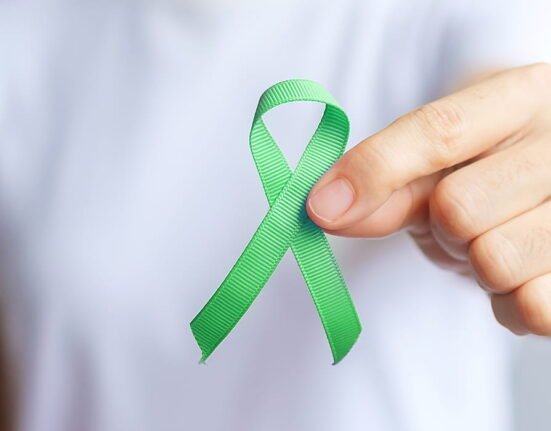
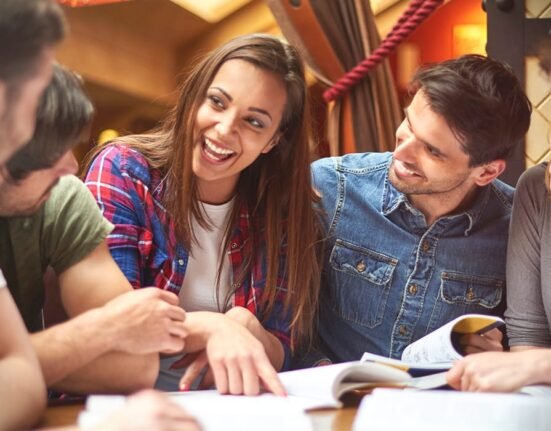


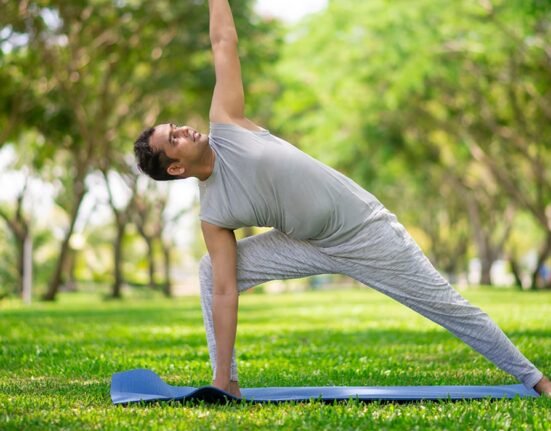



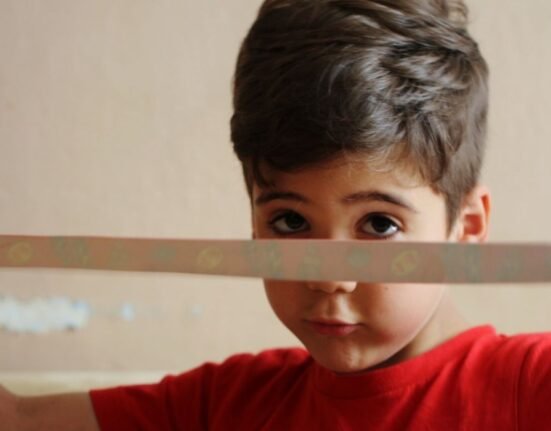
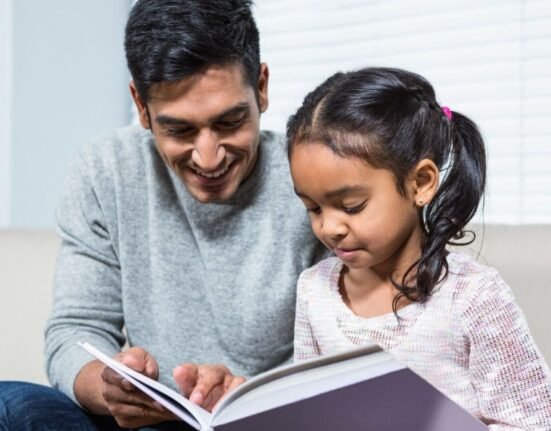

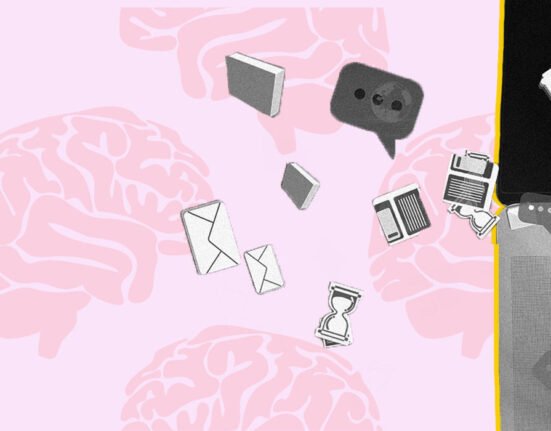
Leave feedback about this